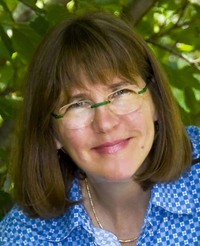Kim Eierman
Goodreads Author
Website
Twitter
Genre
Member Since
August 2019
To ask
Kim Eierman
questions,
please sign up.
Popular Answered Questions

|
The Pollinator Victory Garden: Win the War on Pollinator Decline with Ecological Gardening; Attract and Support Bees, Beetles, Butterflies, Bats, and Other Pollinators
—
published
2020
—
2 editions
|
|
* Note: these are all the books on Goodreads for this author. To add more, click here.
Kim’s Recent Updates
|
Kim Eierman
answered
Donna Thomas's
question:

Hi Donna. My first suggestion is to make sure that the contractors do not scrape off all of the topsoil from your landscape to build your house. This is a common, but destructive practice that results in the loss of soil biology (the "life in the soi
See Full Answer
|
|




































